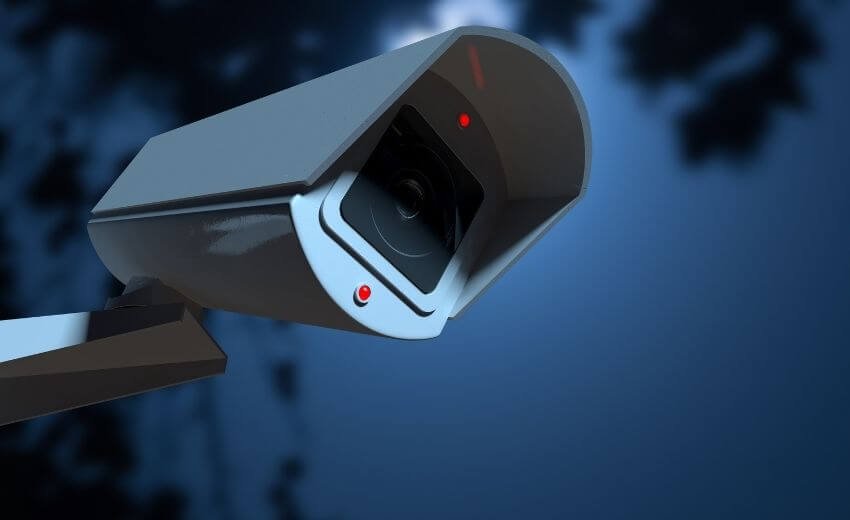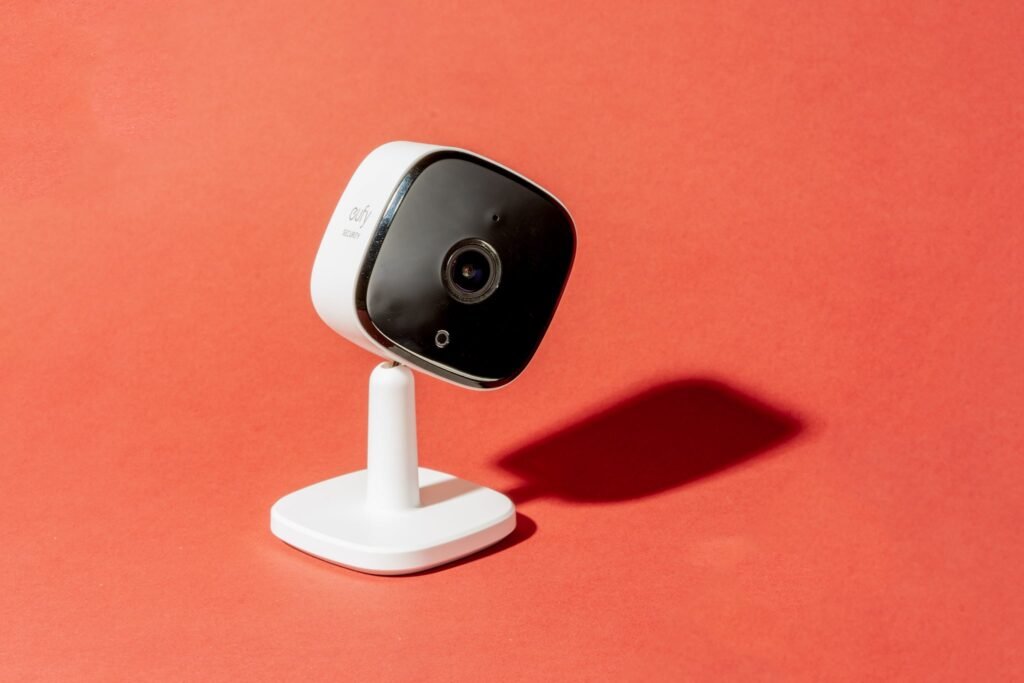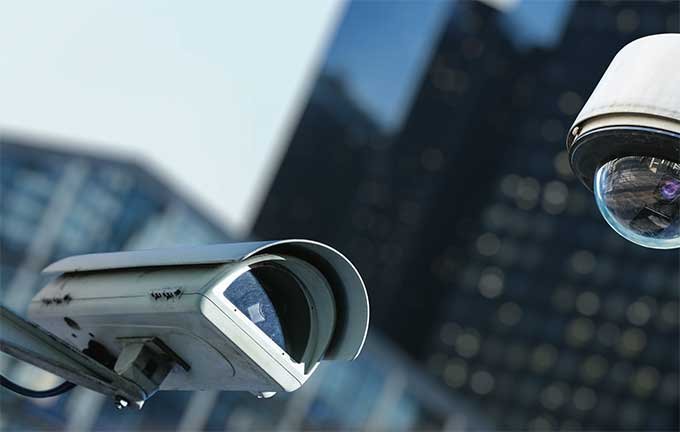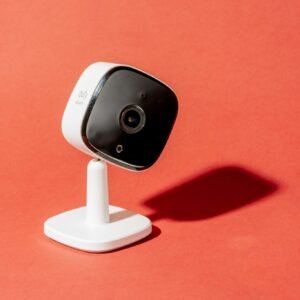Hey there! So, I heard you’re wondering if there are any security cameras that work effectively in low-light or night conditions. Well, you’ve come to the right place! In this article, we’re going to dive into the world of security cameras and explore whether there are any options out there that can give you a clear view even in the darkest of times.
Curious to know more? Well, look no further! In the upcoming paragraphs, we’ll be discussing the different types of security cameras available and their capabilities in low-light or night conditions. We’ll explore some of the top brands and models that have been specifically designed to capture high-quality footage even in challenging lighting situations. So, whether you’re looking to enhance the security of your home or business, stay tuned to learn about the best options that can help you keep an eye on things, day and night. Yes, there are security cameras specifically designed to work well in low-light or night conditions. These cameras utilize advanced technology to enhance visibility and capture clear footage even in challenging lighting conditions. In this article, we will discuss different types of security cameras that are suitable for low-light or night surveillance, along with their features, advantages, and limitations.
Types of Security Cameras
Infrared Cameras
Infrared cameras, also known as night vision cameras, are designed to capture video footage in complete darkness. They use infrared technology to detect and capture thermal energy emitted by objects, allowing for clear visibility even in pitch-dark environments.
How Infrared Cameras Work
Infrared cameras consist of special sensors that can detect the heat emitted by every object, including human bodies. They convert the detected thermal energy into a visible image, allowing you to see what’s happening in the dark. By utilizing this technology, infrared cameras provide reliable surveillance both indoors and outdoors.
Benefits of Infrared Cameras
One of the major benefits of infrared cameras is their ability to capture clear images in total darkness. They rely on the heat emitted by objects, rather than visible light, making them highly effective in low-light or nighttime conditions. Additionally, infrared cameras are suitable for covert surveillance due to their ability to see in the dark without emitting any visible light.
Limitations of Infrared Cameras
While infrared cameras are excellent for capturing video in the dark, they may struggle in situations with mixed lighting conditions. Infrared lights can cause overexposure and wash out details in brightly lit areas. It’s important to consider the specific lighting conditions and the camera’s intended use before choosing an infrared camera.
Thermal Cameras
Thermal cameras, also known as thermal imaging cameras, work by capturing the heat signatures emitted by objects. They create an image based on the different levels of heat, allowing for the detection of people, animals, and other objects even in complete darkness.
How Thermal Cameras Work
Thermal cameras operate based on the principles of heat detection. They use infrared sensors to measure the heat emitted by objects and translate it into an image. The resulting thermal image shows variations in temperature, enabling the identification of individuals or objects in the scene.
Advantages of Thermal Cameras
Thermal cameras have several advantages for low-light or night surveillance. They can detect and capture images in total darkness or through smoke, fog, or other atmospheric conditions. Thermal cameras are also effective in challenging situations, such as monitoring large areas or detecting intruders from a distance.
Drawbacks of Thermal Cameras
One significant drawback of thermal cameras is their inability to provide detailed facial recognition or fine details. As they rely on heat detection rather than visible light, thermal cameras may not capture precise facial features or other intricate details. However, they excel in detecting heat signatures and providing a general overview of the environment.
Low-light Cameras
Low-light cameras, as the name suggests, are designed to capture quality video footage in low-light conditions. They employ advanced technology to enhance visibility and reduce image noise, ensuring clear and detailed recordings even in dimly lit environments.
Features of Low-light Cameras
Low-light cameras utilize various features to enhance their performance in challenging lighting conditions. These features may include wide dynamic range (WDR), back-illuminated sensors, and an extended range of aperture settings. These technologies work together to improve image quality and provide accurate surveillance even in low-light situations.
Advantages of Low-light Cameras
One of the main advantages of low-light cameras is their ability to capture clear video footage even in low-light or night conditions without the need for additional lighting. They provide a cost-effective solution for areas where installing additional lighting may not be feasible or desirable. Low-light cameras can deliver detailed images with minimal noise, enabling effective surveillance at any time.
Disadvantages of Low-light Cameras
Although low-light cameras are designed to perform well in challenging lighting conditions, they may still have limitations. Extremely dark areas or scenes with significant contrast may pose challenges for low-light cameras. It’s important to carefully evaluate the specific lighting conditions and choose a camera with appropriate specifications to ensure optimal performance.

This image is property of www.asmag.com.
Factors to Consider
When selecting security cameras for low-light or night conditions, there are several factors to consider that can greatly impact the camera’s performance. These factors include light sensitivity, resolution, and lens aperture.
Light Sensitivity
Light sensitivity refers to a camera’s ability to capture clear images in low-light conditions. It is determined by the camera’s sensor size, pixel size, and signal processing capabilities.
Definition of Light Sensitivity
Light sensitivity is measured in lux, which represents the amount of light falling on a surface. The lower the lux value, the better the camera can capture clear images in low-light conditions.
Different Sensor Types
There are two main sensor types used in security cameras: CCD (Charge-Coupled Device) and CMOS (Complementary Metal-Oxide-Semiconductor). Both sensor types have different light sensitivity capabilities, with CMOS sensors generally offering better performance in low-light conditions.
Measuring Light Sensitivity
When comparing security cameras, it’s important to look at the lux rating and other specifications related to light sensitivity. A lower lux rating indicates better performance in low-light conditions. However, it’s also essential to consider other factors such as lens quality and image processing capabilities, as they can significantly impact light sensitivity.
Resolution
Resolution plays a vital role in capturing clear and detailed video footage. Higher resolution cameras can provide sharper images, allowing for better identification of people or objects in the scene.
Importance of Resolution
Resolution is an essential factor when considering security cameras for low-light or night conditions. Higher resolution cameras can capture finer details, making it easier to identify individuals and analyze events accurately.
Different Resolution Options
There are various resolution options available for security cameras, ranging from standard definition (SD) to high definition (HD) and even ultra-high definition (4K). The choice of resolution depends on the specific surveillance requirements and the level of detail needed in the captured footage.
Choosing the Right Resolution
When selecting security cameras for low-light conditions, it’s crucial to balance resolution with other factors such as light sensitivity. Higher resolution cameras may have larger sensor sizes, which can enhance light sensitivity but may also increase the cost. Assessing the specific surveillance needs and evaluating all relevant factors will help in choosing the right resolution for optimal performance.
Lens Aperture
The lens aperture refers to the size of the lens opening and affects the amount of light that reaches the camera’s sensor. A wider lens aperture allows more light to enter, improving the camera’s performance in low-light conditions.
Understanding Lens Aperture
Lens aperture is represented by an f-number, such as f/1.8 or f/2.8. A smaller f-number indicates a wider lens aperture, allowing more light to pass through. The wider the aperture, the better the camera’s low-light performance.
Effect on Low-light Performance
The lens aperture significantly impacts the camera’s low-light performance. A wider aperture allows more light to reach the sensor, resulting in brighter and clearer images in low-light conditions. However, it’s important to note that wider apertures may also result in a narrower depth of field, which can affect the camera’s focus capabilities.
Choosing the Ideal Aperture
When selecting security cameras for low-light conditions, consider a lens aperture that strikes a balance between light sensitivity and depth of field requirements. Cameras with wider apertures, such as f/1.8 or f/2.0, are generally recommended for optimal low-light performance. However, specific surveillance needs and environmental factors should also be taken into account.

This image is property of cdn.thewirecutter.com.
Tips for Maximizing Low-light Performance
To ensure the optimal performance of security cameras in low-light conditions, implementing the following tips can greatly enhance visibility and image quality:
Proper Placement
Positioning the cameras strategically is essential for maximizing low-light performance. Avoid placing cameras in areas with excessive backlighting or facing direct sources of light, as this can cause overexposure or underexposure. Instead, position the cameras to capture the most critical areas with optimal lighting conditions.
Adjusting Camera Settings
Most modern security cameras come with adjustable settings that can be tailored to specific lighting conditions. Experimenting with these settings, such as adjusting the shutter speed, gain control, and white balance, can significantly improve low-light performance. It’s advisable to consult the camera’s user manual or seek professional assistance for optimal configuration.
Using Additional Lighting
In scenarios where the existing lighting is insufficient, supplementary lighting can be used to improve low-light performance. Options such as infrared illuminators or white light sources can provide extra illumination, ensuring clearer images in low-light or night conditions. However, it’s important to consider any legal, ethical, or privacy concerns when using additional lighting.

This image is property of www.security.org.
Conclusion
When it comes to security cameras that work well in low-light or night conditions, there are several options available. Infrared cameras, thermal cameras, and low-light cameras all offer unique features and benefits for capturing clear video footage in challenging lighting situations.
Infrared cameras are ideal for capturing images in complete darkness, relying on the heat emitted by objects. Thermal cameras detect heat signatures and provide clear imagery even through smoke or fog. Low-light cameras, on the other hand, excel in low-light conditions without the need for additional lighting.
Factors such as light sensitivity, resolution, and lens aperture play crucial roles in maximizing the low-light performance of security cameras. By considering these factors and implementing tips, such as proper camera placement and adjusting settings, you can ensure that your security cameras deliver optimal surveillance in low-light or night conditions.
Ultimately, the choice of security cameras for low-light conditions depends on the specific surveillance requirements and environmental factors. Conduct thorough research, consult experts, and consider the outlined factors to make an informed decision that meets your surveillance needs effectively.

This image is property of www.asadria.com.
